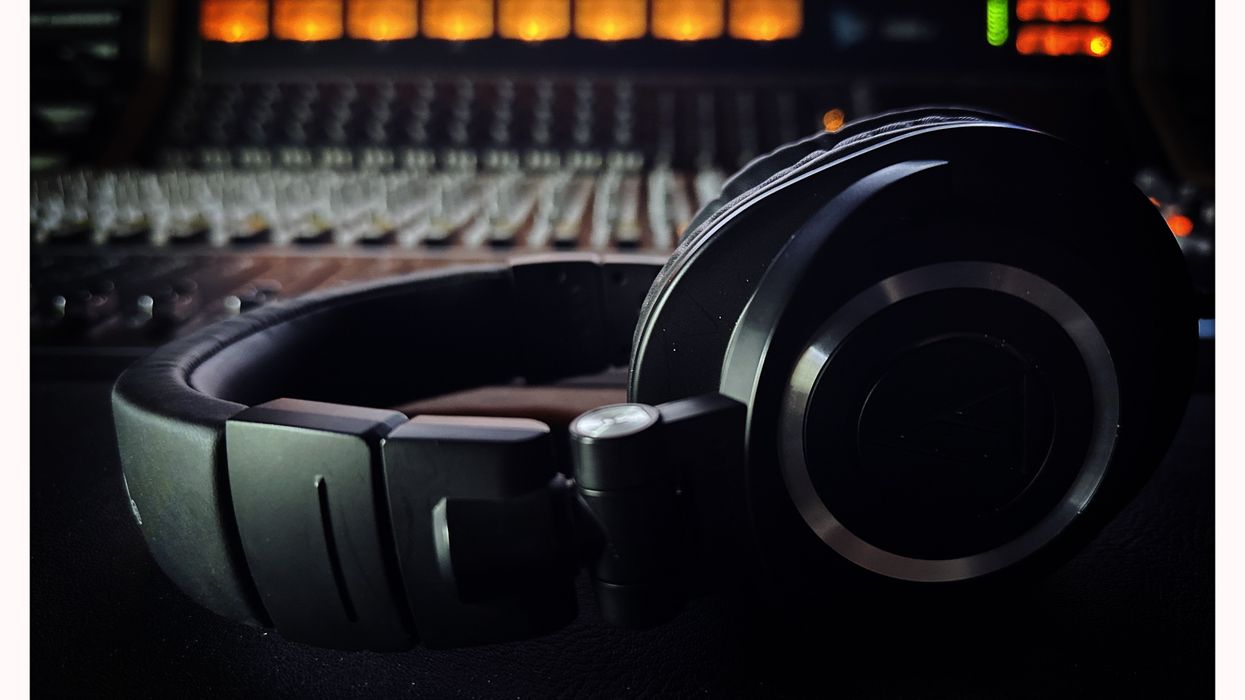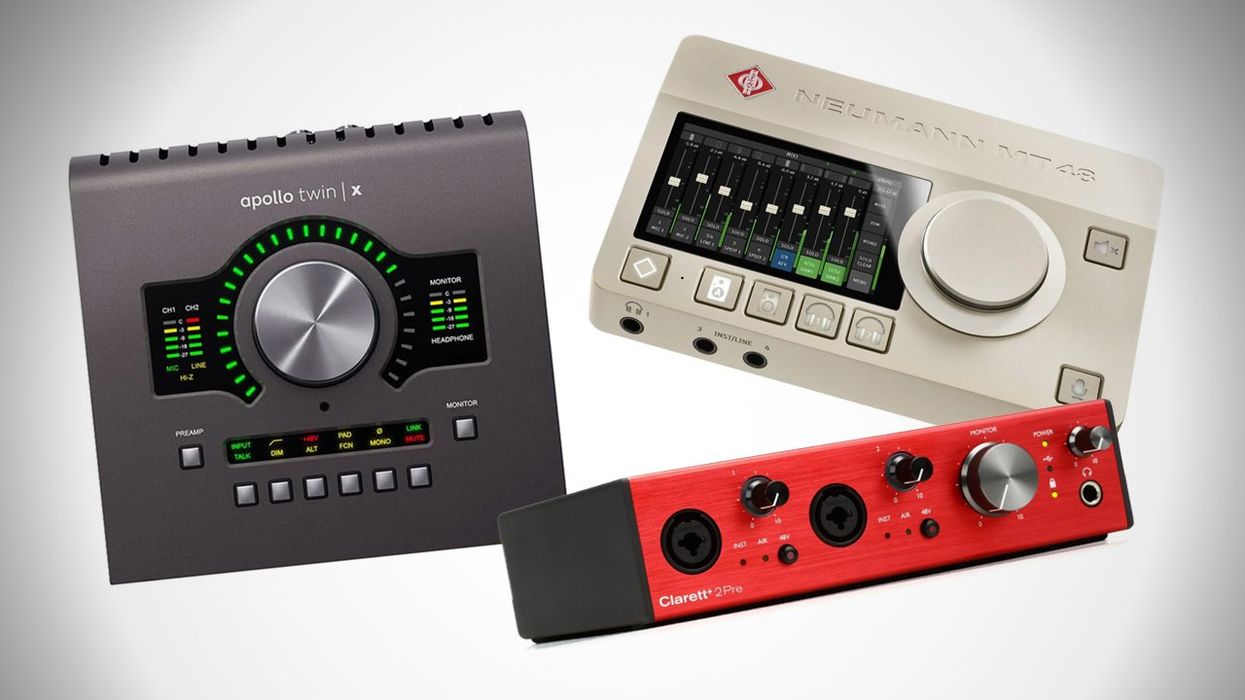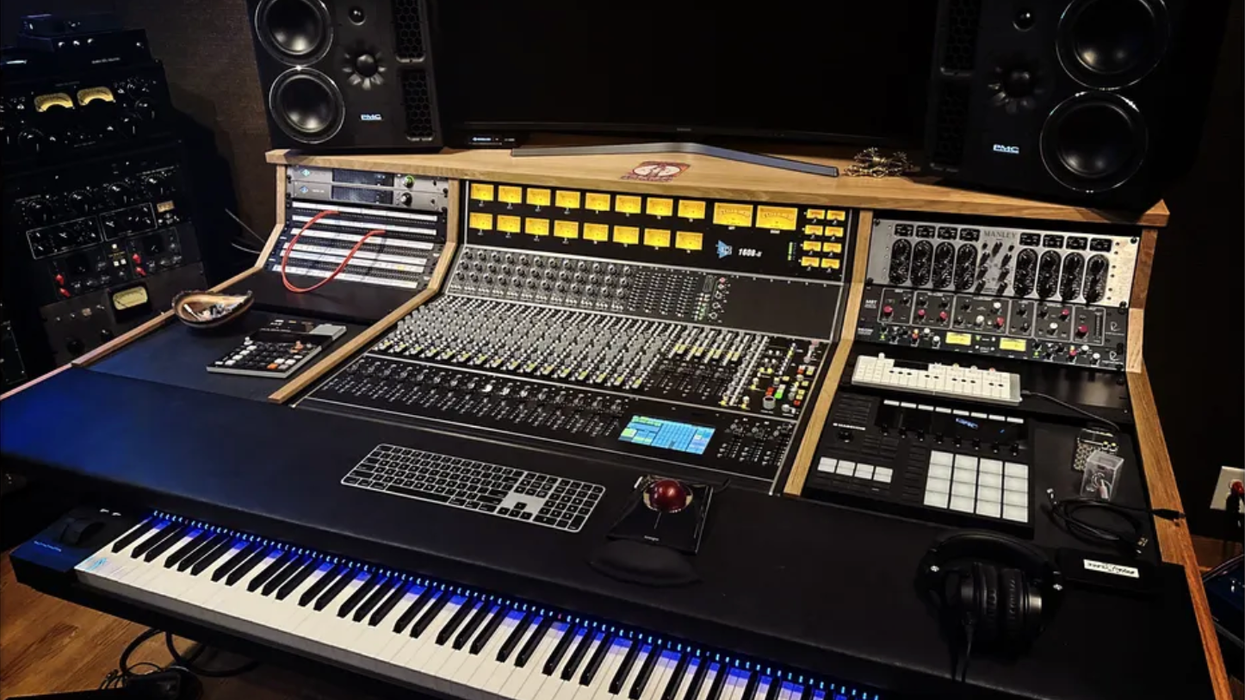Here’s a quick guide on how to compress your kick drum and bass guitar in a way that will help you make the most of the bottom in your mixes.
Keeping a Low Profile
Is it just me? It seems like every time I listen to new music (especially indie, alt-rock, hip-hop, and pop), one thing I can always expect is a massive and unwelcome deviation of the low end from artist to artist—even within the same genre! Some songs have a wonderfully inspired low end that invites the listener to turn it up and get inside the mix, while others are so far off the low-end chart that I need to get out my Richter scale to measure single-digit bass frequencies while driving to AutoZone to replace every nut, bolt, and washer that rattled off my car during the song. Those mixes feel less like a song and more like an assault by a renegade 808-tuned sub-bass. Personally, I think low-end information should be long enough to cover the subject, but short enough to keep it interesting.
With that in mind, let me offer some ways that you can tighten up your bottom end and glue your mix together so everything is in balance instead of a “lead kick drum” mix. The Dojo is now open.
So Happy Together
Because the kick drum and bass guitar are such critical components of the rhythm section, compressing the kick drum and bass guitar together on a dedicated bus is a common and effective technique in audio production that substantially contributes to a tighter and more cohesive low-end foundation in a mix. You’ll know from reading my past articles that nothing triggers compression like low frequencies, so it makes perfect sense to explore and route low-end elements into one compressor and spare the other instruments in your song from having their dynamic range suffer because the compressor is reacting to the bass frequencies. When applied to both the kick drum and bass guitar, compression helps to even out the fluctuations in volume, ensuring a more consistent and controlled low end. This is particularly beneficial in genres like rock, pop, hip-hop, R&B, and electronic music, where a steady and powerful low end is often desired.
Picking a Foundation
What is important for you to decide is which one of the two will be on the bottom and serve as a foundation for the other. That ranges by genre, and you should be aware of how you want to approach that relationship. For example, is the fundamental frequency of the kick drum lower than the lowest bass note played in the song, or vice versa? Adjust accordingly. Remember that the kick drum and bass guitar often share similar frequency ranges, and their frequencies will likely clash or compete for space in the mix until you make this decision. If the kick drum “role” in your song is fixed (like an acoustic kick drum) and has a stable fundamental low-end frequency, carve a little bit of that same frequency out of your bass instruments to reduce “masking”—and they’ll both have more clarity.
Mutually Beneficial
One benefit of using a shared compressor is that it’ll ensure that the low frequencies will remain controllable, and reduce any sudden jumps between different sections of a song, such as verses and choruses.
“I think low-end information should be long enough to cover the subject, but short enough to keep it interesting.”
Another plus is that compressing the kick and the bass instruments together can emphasize the transient characteristics of both. By adjusting the attack and release settings on the compressor, you can enhance the initial attack of the kick drum and the pluck or pick attack of the bass guitar. This results in a more pronounced and impactful low end, adding punch and definition. And by bringing these two elements together, you allow them to work in tandem rather than independently.
In genres like dance music and hip-hop, where a consistent and powerful low-end energy is crucial, compressing the kick and bass together will maintain a steady foundation throughout the track. In addition to this, remember that you can also side-chain the output of the kick drum to a key-inserted compressor on the bass track for some good old bass pumping.
Simplify the Process
Compressing the kick and bass guitar together will help you streamline your mixing process and reduce the need for individual processing of each element. Sure, you’ll still want some individual instrument processing and fine-tuning (EQ, etc.), but compressing them together later will give you a solid starting point for mixing the rest of the instruments in the song.
Until next time, namaste.


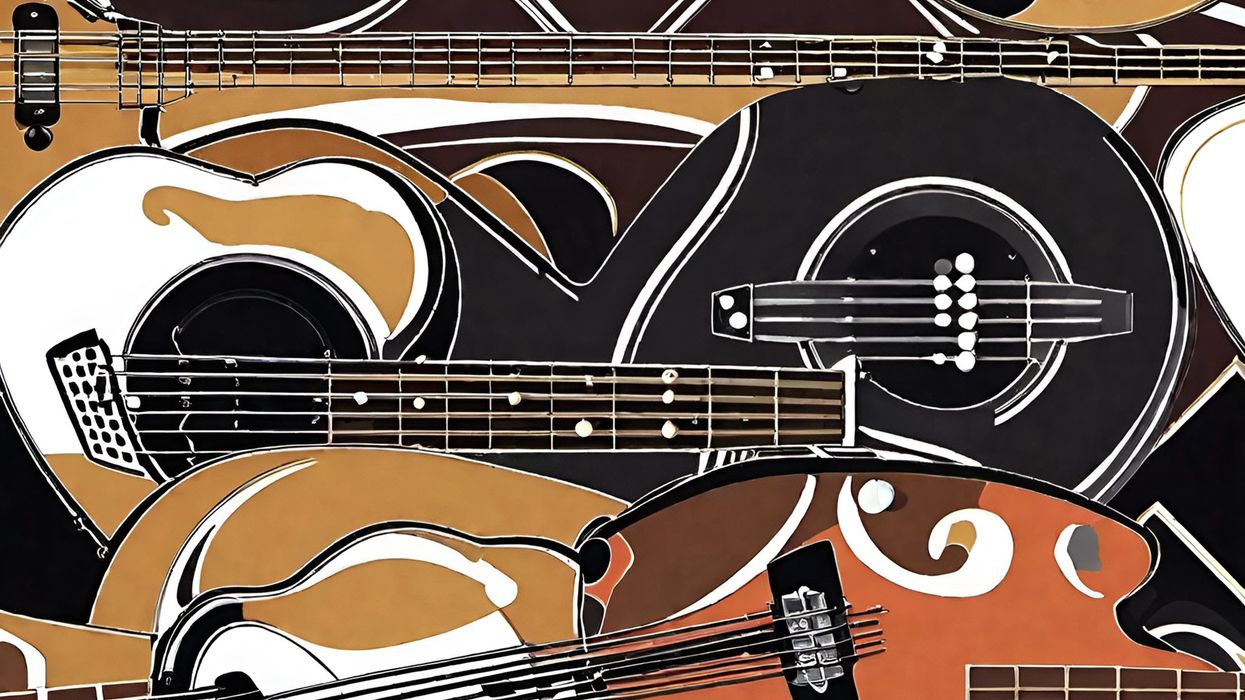


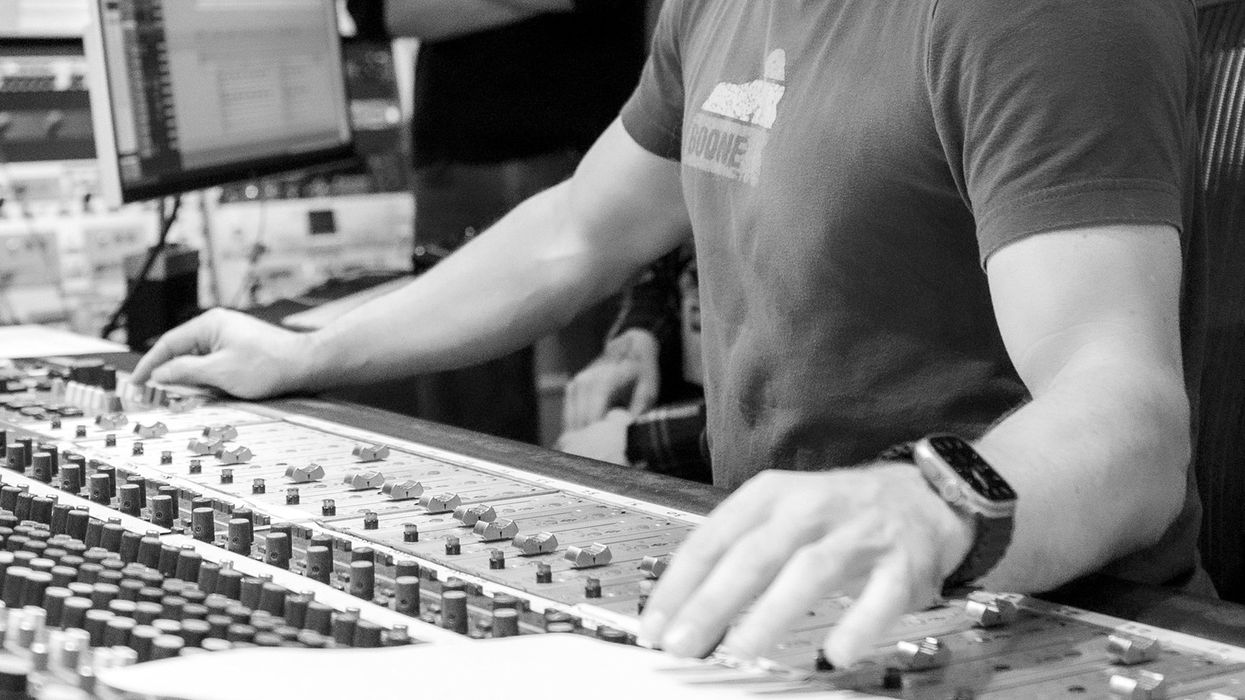
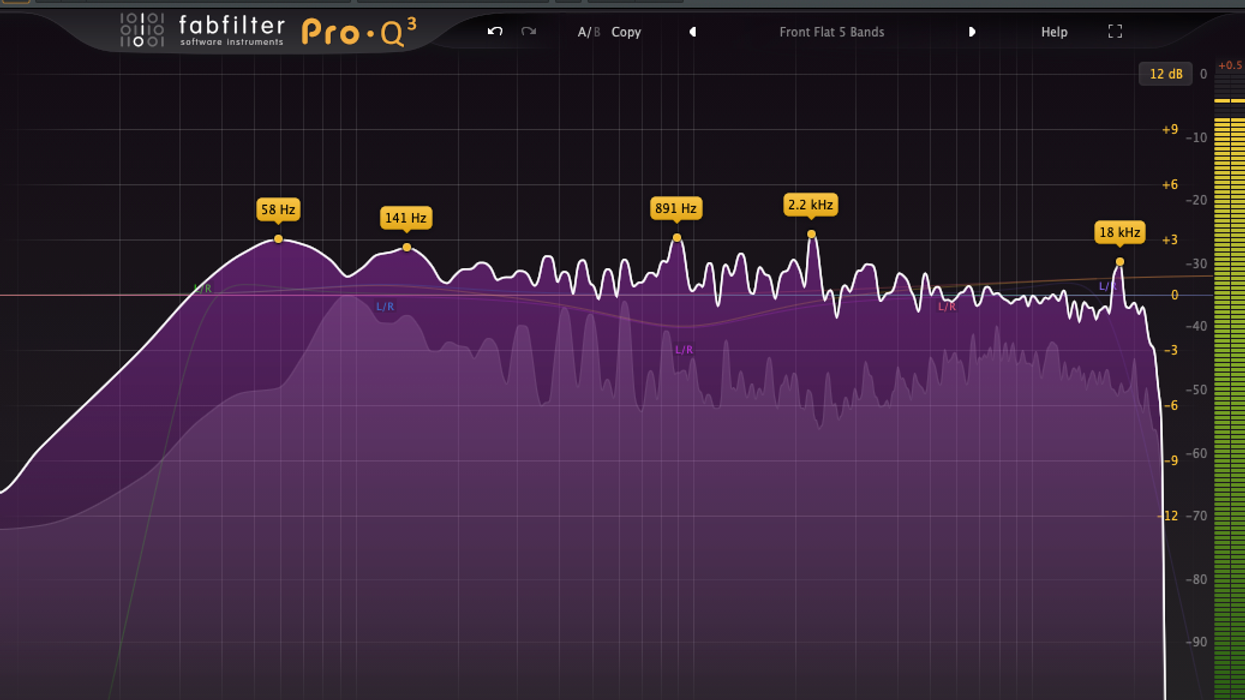
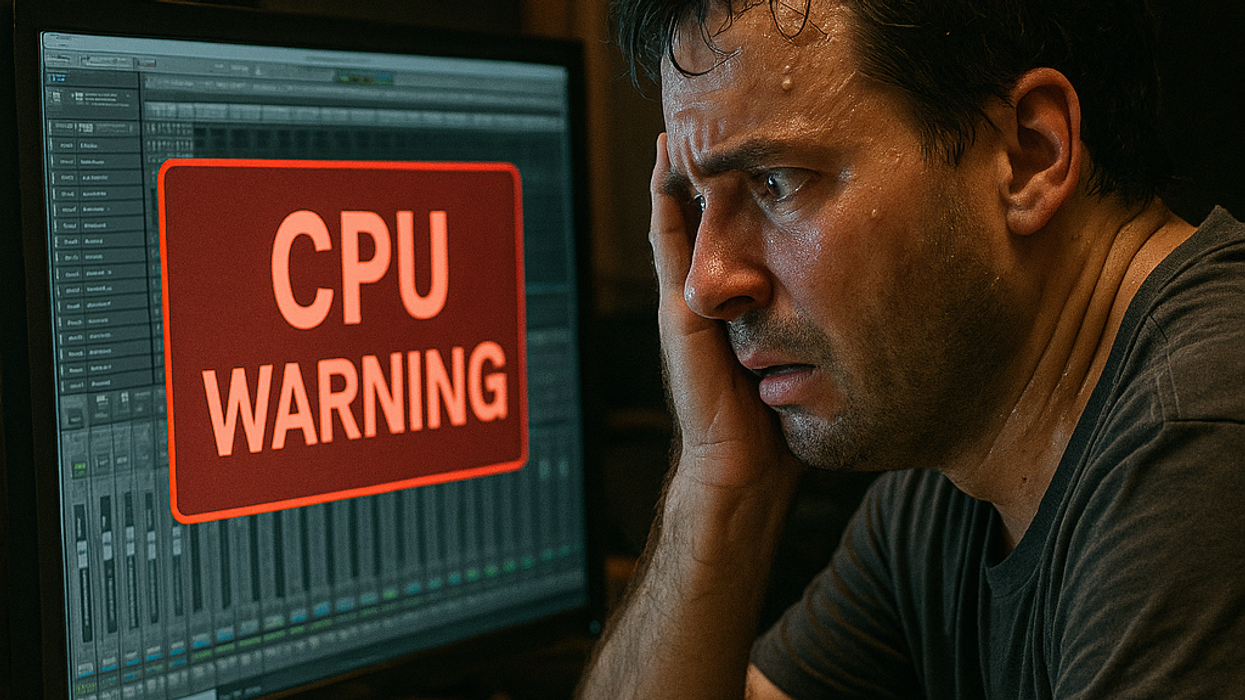



![Rig Rundown: Russian Circles’ Mike Sullivan [2025]](https://www.premierguitar.com/media-library/youtube.jpg?id=62303631&width=1245&height=700&quality=70&coordinates=0%2C0%2C0%2C0)


